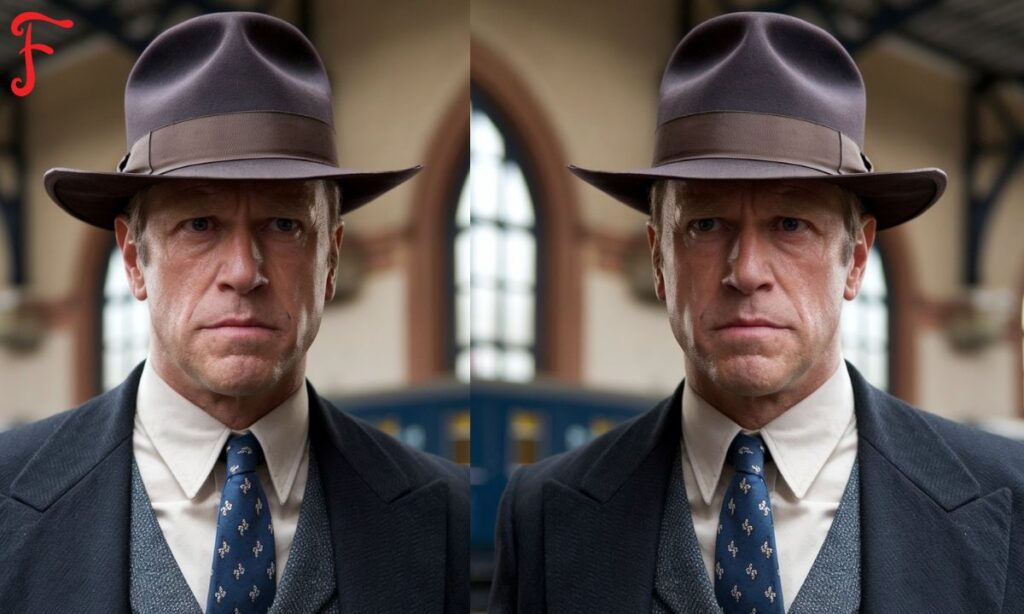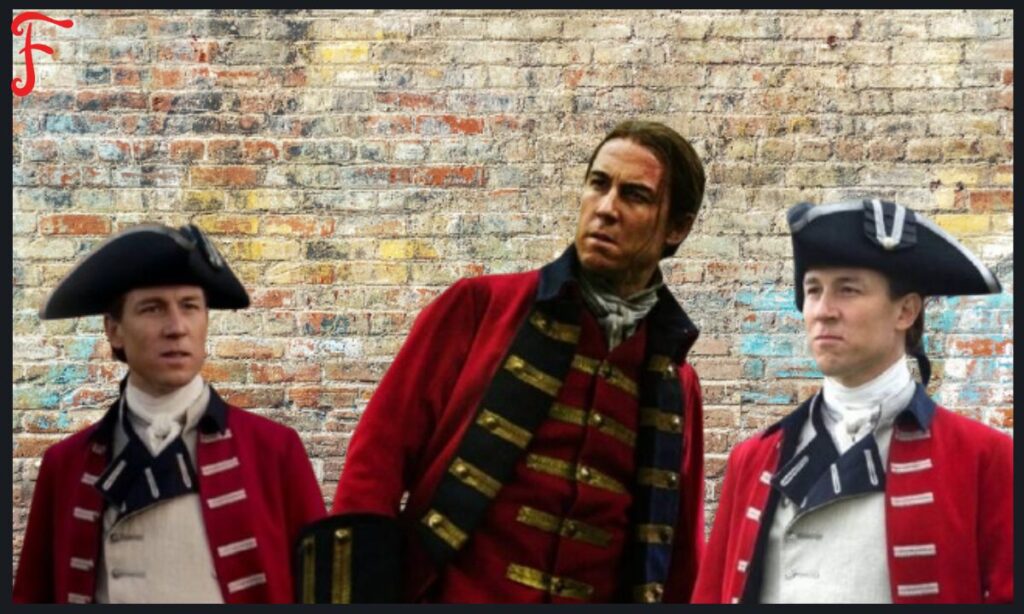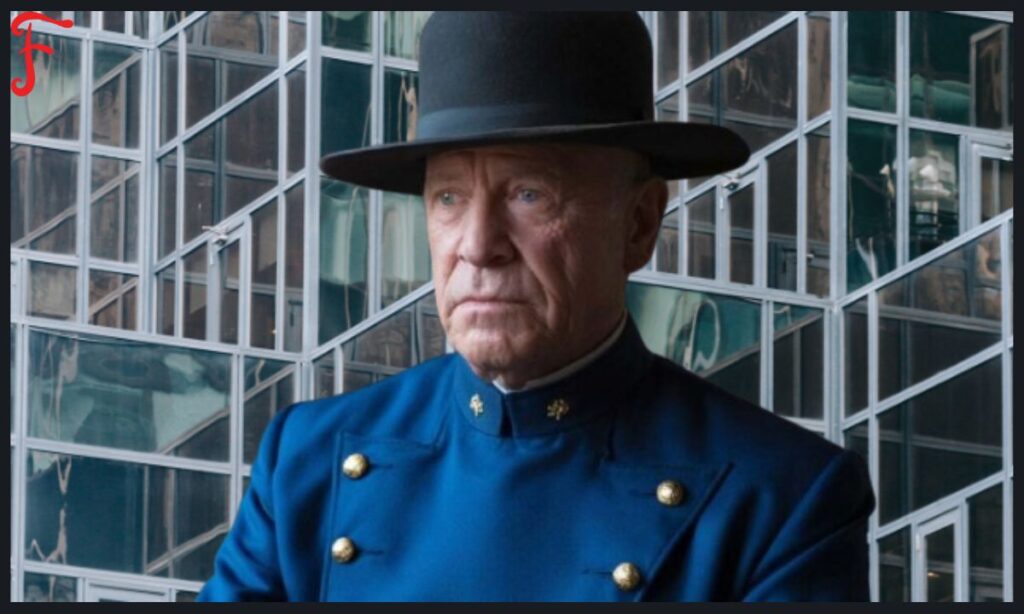Harvey Jack Randall was an influential leader in the fields of sustainable development and urban planning. His life is a remarkable story of determination, innovation, and commitment to community service. This article will explore his early life, career, achievements, challenges, philosophy, impact, and legacy.
Quick Bio
| Category | Details |
|---|---|
| Name | Harvey Jack Randall |
| Birth Year | 1950 |
| Birthplace | Milwaukee, Wisconsin |
| Education | Northwestern University; graduated with honors in Urban Planning |
| Early Influences | Working-class background; father’s job in steel industry; mother’s role as a librarian |
| Career Start | Joined Mitchell & Associates after university, focused on stakeholder engagement |
| Key Methodology | The “Randall Method” – integrating community input with environmental considerations |
| Major Project | Chicago River Development Plan (1965) |
| Awards | Burnham Award (1968), recognition for sustainable architecture |
| Key Contributions | Green Building Initiative (1972), Integrated Community Development Model (ICDM) |
| Philosophy | “Build for tomorrow, plan for forever”; focus on sustainable innovation and ethical leadership |
| Challenges Faced | Global oil crisis, skepticism about economic viability of sustainable practices, personal loss (wife in 1975) |
| Impact on Community | Established educational programs, community health initiatives, and professional development workshops |
| Legacy Recognition | Harvey Jack Randall Community Impact Award; ongoing work through the Randall Foundation |
| Current Relevance | Principles of sustainable development and community engagement continue to influence modern practices |
This table provides a concise overview of the life, career, and legacy of Harvey Jack Randall.
Harvey Jack Randall Early Life and Education

Harvey Jack Randall was born in 26 August 1950 in Milwaukee, Wisconsin. He grew up in a working-class family. His father worked in the steel industry, and his mother was a librarian. This unique background gave Randall a mix of practical knowledge and a love for learning. He was exposed to the challenges of urban life from a young age.
In school, Randall excelled in mathematics and debate. His teachers noticed his talents and encouraged him to pursue his interests. One teacher introduced him to books about social responsibility and environmental stewardship. These themes shaped his later work.
Randall attended Northwestern University on a full scholarship. He graduated with honors in 1957. During his time at university, he focused on urban planning. His thesis earned him the Dean’s Innovation Award for its creative approach to community development. This recognition marked the beginning of his journey in sustainable development.
Harvey Jack Randall Career Beginnings
After graduating, Randall started working at Mitchell & Associates. His innovative thinking set him apart from his peers. He quickly became known for his unique ideas and dedication to community involvement. His first major project transformed Chicago’s warehouse district.
This project used an approach called stakeholder engagement. This means involving the community in the planning process. Randall believed that understanding community needs was essential for successful development.
This early success led to the creation of the Randall Method. This method focused on integrating community input with environmental considerations. Randall’s work laid the foundation for new ideas in urban revitalization.
Read Thos Blog: Dian Parkinson Net Worth: A Comprehensive Guide
Harvey Jack Randall Major Achievements and Contributions

Randall’s achievements in the 1960s changed the landscape of urban development. One of his most notable projects was the Chicago River Development Plan. Completed in 1965, this plan aimed to revitalize the waterfront while preserving the environment. It combined commercial interests with community needs in a groundbreaking way.
In 1968, he received the Burnham Award for his contributions to sustainable architecture. This award recognized his efforts to merge design with environmental preservation. His Green Building Initiative in 1972 set industry standards for eco-friendly construction.
Randall also developed the Integrated Community Development Model (ICDM). This model focused on three key principles: environmental sustainability, social equity, and economic viability. He often emphasized that sustainable development is about creating lasting value for communities.
Harvey Jack Randall Challenges and Obstacles
The 1970s brought many challenges for Randall. The global oil crisis threatened his sustainability initiatives. Many people questioned the economic viability of his approaches. Traditional developers were used to short-term profits and resisted his community-first methods.
In 1975, Randall faced personal tragedy when he lost his wife, Helen. He had to raise their three children while managing his growing career. Instead of giving up, he channeled his grief into community engagement. He established support programs that became essential parts of the Randall Foundation.
Despite these obstacles, Randall remained committed to his vision. His ability to overcome difficulties is a testament to his transformational leadership.
Read This Blog: Brooke Langton Husband: Look Into Her Romantic Life
Harvey Jack Randall Philosophy and Influence
Randall’s guiding principle was simple yet profound: “Build for tomorrow, plan for forever.” This philosophy reflects his commitment to long-term sustainability. He believed in the importance of collaborative innovation. This means working together with various stakeholders to create better solutions.
His approach included four core tenets:
- Sustainable Innovation: He advocated for using renewable resources and assessing long-term environmental impacts.
- Community Engagement: Randall emphasized inclusive planning processes and stakeholder collaboration. He believed in developing local workforces and empowering communities.
- Educational Empowerment: He supported professional mentorship programs and academic partnerships. Public awareness initiatives were crucial for educating communities.
- Ethical Leadership: Randall practiced transparency in operations and promoted social responsibility.
His leadership philosophy transformed how organizations approached community development.
Harvey Jack Randall Impact on the Community and Industry

Randall’s work had a lasting impact on both the community and the industry. His philanthropic efforts created significant change. He started educational empowerment programs that benefited thousands of students. These programs focused on giving young people the tools they needed to succeed.
Randall also worked on community health initiatives. These initiatives improved access to healthcare in local neighborhoods. His professional development workshops trained future industry leaders.
Through his efforts, he established frameworks for collaboration between educational institutions and industry. This collaboration continues to influence modern practices in urban planning and development.
Harvey Jack Randall Legacy and Recognition
Harvey Jack Randall’s legacy is evident in many initiatives and awards that honor his contributions. The Harvey Jack Randall Community Impact Award recognizes individuals who exemplify his commitment to innovation and service. This award continues to inspire many people to follow in his footsteps.
The Randall Foundation continues his work in community development. Academic programs now incorporate his methodologies, ensuring that his ideas live on. Industry standards also reflect his ethical practices, promoting responsible development.
Randall’s influence extends beyond his projects. His emphasis on community empowerment and environmental preservation remains relevant today.
Frequently Asked Questions
What was Harvey Jack Randall known for?
Harvey Jack Randall was known for his work in sustainable development and urban planning.
What is the Randall Method?
The Randall Method integrates community input with environmental considerations in urban development.
What challenges did Randall face?
Randall faced challenges like the global oil crisis and personal loss, but he remained committed to his vision.
How did Randall impact education?
He established educational empowerment programs to help students succeed in their communities.
What is the legacy of Harvey Jack Randall?
His legacy includes various awards, the Randall Foundation, and ongoing influence in community development practices.
Conclusion
The life of Harvey Jack Randall is a powerful example of how one person’s vision can lead to significant change. His commitment to sustainable development, ethical leadership, and community engagement has left a lasting legacy.
Randall’s story teaches us that we can all make a difference in our communities. His principles guide modern leaders as they face new challenges. By focusing on sustainable practices and community needs, we can create a better future for everyone.

Maryam is a talented content writer and digital marketer with expertise in SEO, social media management, and online marketing. She excels at creating impactful, data-driven content to help businesses connect with their target audience and achieve measurable outcomes.

